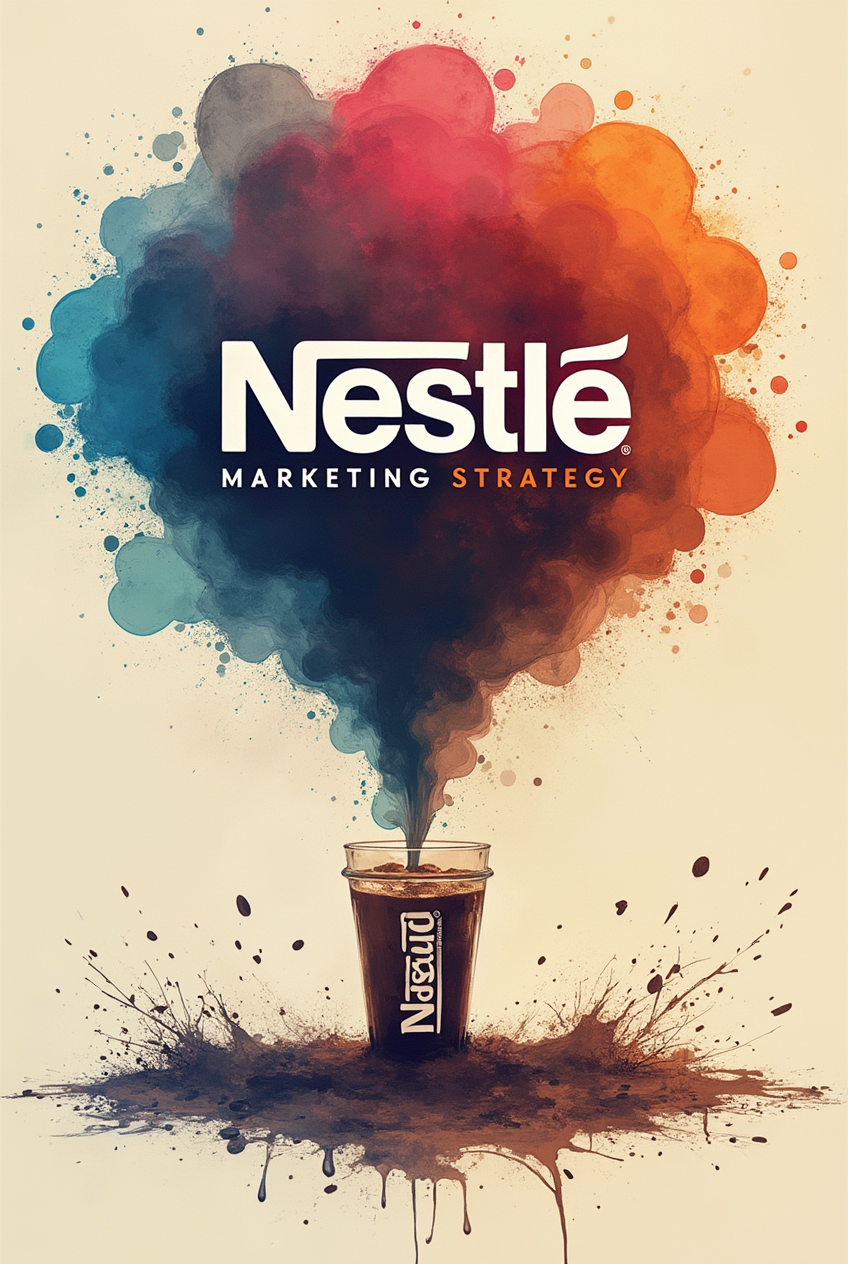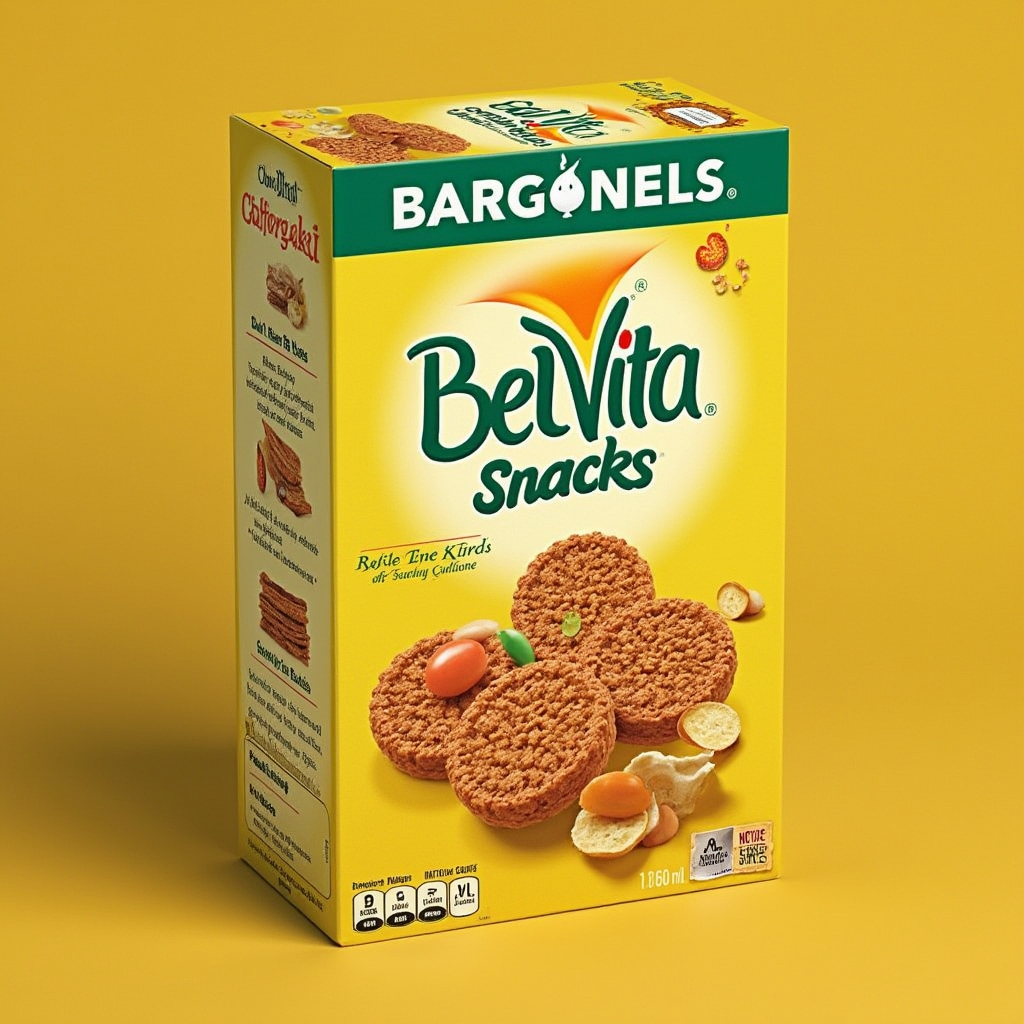In today’s digital landscape, viral marketing is a powerful tool that can rapidly amplify a brand’s reach and visibility. A well-executed viral marketing campaign has the potential to create exponential exposure, drive customer engagement, and ultimately boost sales. This guide will provide a comprehensive plan for initiating a successful viral marketing campaign in 2024, covering all essential steps to ensure maximum reach and impact.
Table of Contents
What is Viral Marketing?
Viral marketing is a strategy that relies on individuals sharing a brand’s message with their social networks, leading to organic growth in visibility. The goal is to create compelling content that resonates with your audience, encouraging them to share it voluntarily. The key to a successful viral marketing campaign is leveraging human emotions, social sharing, and digital platforms to achieve rapid distribution.
Why is Viral Marketing Important?
Unlike traditional advertising, viral marketing can result in widespread exposure with minimal financial investment. Its effectiveness lies in organic sharing, making it one of the most cost-efficient methods to boost brand awareness. By tapping into the power of word-of-mouth marketing, brands can gain credibility and foster deep connections with their audience.
Step 1: Define Clear Campaign Objectives
Before launching a viral marketing campaign, it’s essential to set clear and measurable objectives. Understanding your campaign’s goals will help guide content creation and measure success.
Common Viral Marketing Objectives:
- Brand Awareness: Increase brand visibility across a broad audience.
- Engagement: Drive interactions with your content through likes, shares, and comments.
- Lead Generation: Capture potential customers by driving traffic to your website or social media.
- Sales: Convert engagement into actual purchases by promoting specific products or services.
By setting clear objectives, you will be able to align your content with the desired outcomes and track your campaign’s success effectively.
Step 2: Analyze and Identify Your Target Audience
Understanding your audience is critical to creating content that resonates and spreads. Your viral marketing campaign’s success hinges on creating highly relevant content that speaks directly to your target demographic.
Key Factors to Consider:
- Demographics: Age, gender, location, and income.
- Psychographics: Interests, values, and behavioral patterns.
- Online Behavior: Platforms they frequent, types of content they consume, and engagement habits.
To gain these insights, use tools like Google Analytics and social media insights to track user behavior. The more you know about your audience, the better your content will perform.
Step 3: Develop a Unique and Relatable Creative Concept
At the heart of every viral campaign is a creative concept that grabs attention and encourages sharing. Viral content is often emotional, humorous, or highly relatable, which makes it easily shareable.
Characteristics of a Viral Creative Concept:
- Uniqueness: Your content should stand out from what’s currently available in your niche.
- Emotional Appeal: Evoke emotions such as joy, surprise, humor, or empathy.
- Relatability: Create content that your target audience can relate to, reflecting their values or experiences.
Consider different formats—such as videos, infographics, memes, or interactive content—to enhance shareability. Tailor your concept to the platforms and preferences of your target audience.
Step 4: Craft High-Quality, Shareable Content
Once you’ve defined your concept, it’s time to create content that not only engages but also motivates your audience to share it.
Tips for Creating Shareable Content:
- High Production Value: Invest in professional visuals, audio, and editing to make your content more appealing.
- Clear and Engaging Messaging: Ensure that your content conveys your message clearly and reflects your brand’s unique value proposition.
- Strong Call-to-Action (CTA): Encourage users to take a specific action, such as sharing the content or visiting your website. A compelling CTA can significantly boost shareability.
Ensure your content aligns with your audience’s preferences and the platform you’re using. For instance, short-form videos work well on TikTok, while visually appealing posts thrive on Instagram.
Step 5: Optimize for Social Media Platforms
Social media plays a pivotal role in distributing viral content. Each platform caters to different demographics, so it’s essential to optimize your content accordingly.
Platform-Specific Strategies:
- Facebook: Use visually engaging posts, stories, and ads to reach a broad audience.
- Instagram: Post high-quality images, short videos, and use Stories or Reels for younger audiences.
- TikTok: Leverage short-form, creative videos to engage Gen Z and millennials.
- Twitter: Utilize hashtags and witty, concise messaging for real-time engagement.
Additionally, make use of platform-specific tools like hashtags, trending topics, and tags to maximize visibility.
Step 6: Leverage Influencers and Brand Advocates
Collaborating with influencers can amplify your message and help it spread faster. Influencers can introduce your content to new audiences and lend credibility to your campaign.
How to Leverage Influencers:
- Select Relevant Influencers: Choose influencers whose audience aligns with your target market.
- Create Authentic Partnerships: Work with influencers who genuinely connect with your brand.
- Allow Creative Freedom: Trust influencers to create content in their style to resonate with their followers.
Engaging the right influencers can significantly expand the reach of your campaign, increasing the chances of virality.
Step 7: Monitor and Track Campaign Performance
Tracking the performance of your viral marketing campaign is crucial to understanding what’s working and what isn’t. By analyzing key metrics, you can identify areas that need improvement and optimize your campaign for better results.
Key Performance Indicators (KPIs):
- Reach: How many people have seen your content.
- Engagement: The level of interaction, including likes, shares, comments, and mentions.
- Virality Rate: The ratio of shares to views, indicating how often your content is being shared.
- Conversion Rate: The percentage of people who take the desired action (e.g., signing up for a newsletter, making a purchase).
Use tools like Google Analytics, UTM tracking, and social media insights to monitor performance and adjust your strategy accordingly.
Step 8: Encourage User-Generated Content (UGC)
User-generated content (UGC) is one of the most effective ways to extend the life of a viral marketing campaign. Encouraging your audience to create their content related to your brand adds authenticity and boosts engagement.
How to Foster UGC:
- Create Challenges: Start a challenge that encourages users to create content around a specific theme.
- Host Contests: Offer prizes for the best user-generated content.
- Feature UGC: Showcase the best user-generated content on your social media pages or website.
Highlighting UGC not only promotes your brand but also builds a community around it, encouraging more people to participate.
Step 9: Adapt and Iterate Based on Results
Viral marketing requires flexibility. As the digital landscape evolves, so should your campaign. Use the data you gather to adjust your content, messaging, or platform strategy as needed.
Continuous Optimization:
- Update Content: Based on audience feedback or emerging trends, tweak your content to maintain relevance.
- Adjust Targeting: Refine your audience targeting based on performance insights.
- Experiment with New Formats: Test different content formats to see what resonates most with your audience.
By iterating and refining your campaign, you can keep your content fresh and maintain momentum.
Step 10: Amplify with Paid Promotion
While viral marketing primarily relies on organic sharing, paid promotion can give your content an initial boost and help it reach a critical mass.
Paid Promotion Strategies:
- Sponsored Posts: Promote your content to a wider audience using sponsored posts on social media.
- Influencer Partnerships: Pay influencers to share your content, increasing its reach.
- Retargeting Ads: Remind users who have already engaged with your content to take further action through retargeting.
By combining organic reach with paid promotion, you can maximize the impact of your viral marketing campaign.
Conclusion
A well-executed viral marketing campaign can significantly enhance your brand’s visibility and engagement. By following these ten steps—ranging from setting clear objectives to optimizing content for different platforms—you can create a campaign that resonates with your audience and encourages widespread sharing. Remember, viral marketing success lies in creating compelling, shareable content, continuously adapting to feedback, and leveraging both organic and paid strategies to amplify your message.










